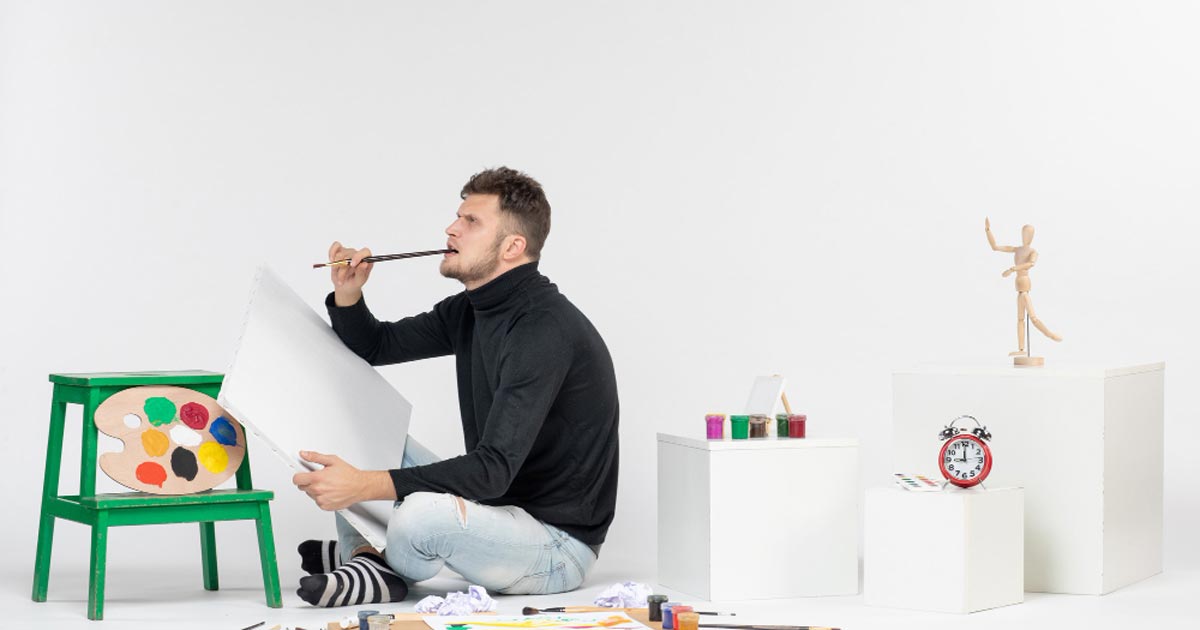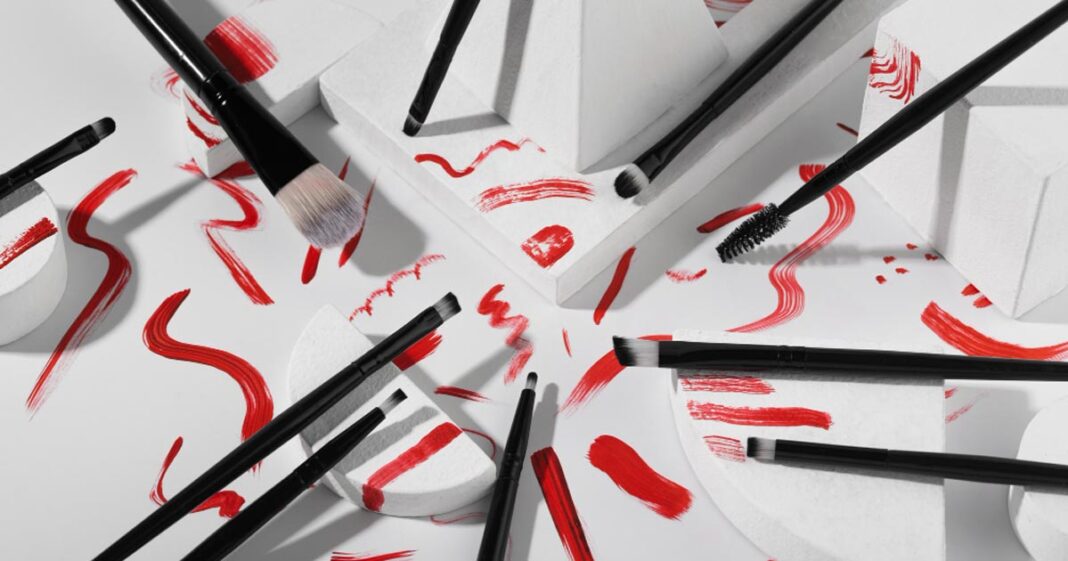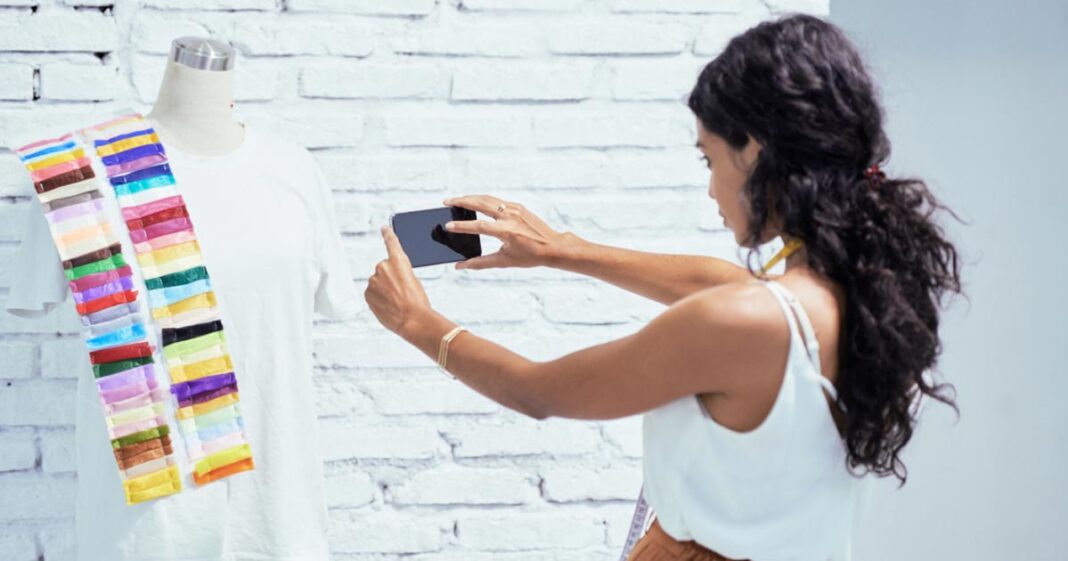
In an era of overstimulation and algorithm-driven content, a quiet revolution is unfolding in India’s creative spaces. The canvases are emptier, the colors subdued, and the forms simpler—but the impact? Profound.
Welcome to the age of Minimalist Art in India, where the mantra is clear: less is not just more—it is everything.
Minimalism, once considered a Western aesthetic, has found deep resonance in 2025’s Indian art scene. From high-end galleries to small town studios, the trend reflects not just artistic style, but a collective cultural shift—towards mindfulness, sustainability, and meaning.
What Is Minimalist Art? A Modern Indian Take
Minimalist art reduces form to its essential elements—lines, space, color, and concept. But in India, it’s taking on deeper philosophical roots.
“Minimalism here is influenced by our traditions—think Jain architecture, Zen Buddhist principles, or even the simplicity of a mud hut,” says Dr. Amrita Verma, curator of the 2025 India Modern Art Biennale in Kochi. “It’s not about emptiness, but clarity.”
Aashna Jha: India’s Face of Quiet Power
Meet Aashna Jha, a 31-year-old artist from Ranchi who’s taken the minimalist world by storm. Her 2024 exhibit “Muted Manifestos” featured nothing but blank canvases with single brush strokes—and yet, each sold for over ₹3 lakh.
Her explanation? “Each stroke represents an unspoken emotion. In a world where everyone’s shouting, I choose silence.”
Her work caught the attention of The Guardian Art Review, and in January 2025, she was awarded the Sotheby’s Emerging Artist of the Year—the first Indian minimalist to earn the honor.
Digital Meets Zen: The Rise of Minimalist NFTs
The digital art world has also embraced the minimalist wave.
Delhi-based coder-turned-artist Anurag Bansal creates one-line algorithmic art that mimics Sanskrit calligraphy but is powered by AI. His NFT collection “Silence in Syntax” was auctioned by WazirX NFT Marketplace, earning ₹18 lakh within three weeks.
He told Mint Lounge, “Code and art share a love for simplicity. Minimalism is my bridge between the two.”
Fashion Gets Minimal Too: FabIndia & Raw Mango Collaborate
Minimalist art isn’t just on walls—it’s now woven into fabric.
FabIndia, in partnership with Raw Mango, launched their 2025 Spring/Summer collection titled “Bare Essentials”, using block-colored khadi inspired by minimalist artworks.
Each piece came with a QR code that links to digital backstories narrated by artists—blending fashion with visual storytelling.
Architectural Influence: The Case of ‘The White Room’ in Pune
Pune’s new experiential gallery The White Room is a minimalist marvel. Featuring no frames, no labels, and ambient silence, visitors must interpret art purely through perception.
Its founder, Rehaan Todi, explains: “We want people to slow down. To breathe. Our space offers a visual detox from digital fatigue.”
The space has hosted renowned artists like Suhani Khurana, whose series “Pause” features just seven shapes repeated in different dimensions to reflect the cycle of human thought.
Media & Pop Culture: Less Is Trending
Streaming platforms, magazines, and even films are echoing the minimalist trend.
- Netflix India’s short film “Ek Dot”, inspired by minimalist art, won Best Cinematic Design at the 2025 Mumbai Indie Film Fest.
- Vogue India’s April 2025 issue titled “Minimal in Mumbai” explores how local designers are blending architecture and art into minimal fashion editorials.
- Spotify saw a surge in “Minimal Focus” playlists, many featuring ambient art-based compositions by Indian digital composers like Rishi Nair.
Why the Shift? India’s Younger Generation Speaks
Minimalism’s rise isn’t just aesthetic—it’s generational.
“I grew up surrounded by clutter—TV noise, WhatsApp forwards, life plans,” says 24-year-old artist Ishita Sengupta from Kolkata. “Minimalism is how I reclaim space—on canvas and in life.”
Her Instagram page @simplicitybyish, filled with soft strokes and poems, has over 500k followers and collaborations with Calm India, Cult.fit, and Zostel. Her work was featured in Hindustan Times Brunch as part of India’s Top 25 Digital Artists of 2025.
Challenges & Criticism: Is Minimalism Just an Urban Fad?
Critics argue that minimalist art remains confined to elite circles.
“Try explaining a blank canvas to someone in rural Bihar struggling to get paint,” says art educator Rajdeep Mishra, who runs an art literacy NGO. “We need minimalism, but also maximum access.”
However, artists like Pushpa Devi, a Padma Shri-winning Madhubani painter, have begun incorporating minimalist techniques into traditional formats—proving that old and new can coexist.





